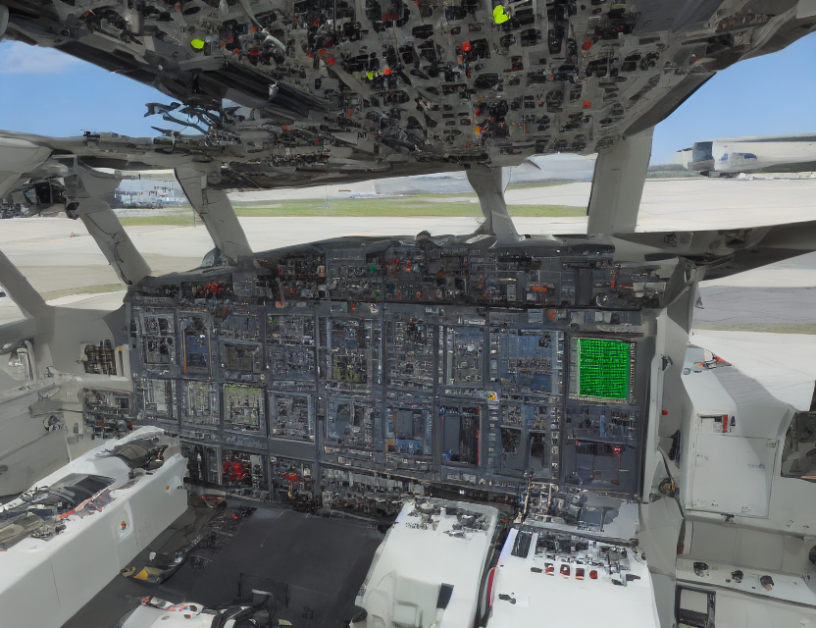Avionics systems rely on accurate data transmission to ensure safe flight operations. BER (Bit Error Rate) is a measure of error detection and correction, but its complexities can hinder understanding. This article demystifies BER by breaking it down into simpler concepts and explaining its significance in avionics.
BER is like a quality control check on data transmission. It measures the number of errors in a given amount of data transmitted over a network. Think of it as a teacher grading your homework: if you make mistakes, BER points them out so you can fix them.
In avionics, BER is crucial because planes need to transmit information like navigation and communication signals accurately and reliably. The ARINC664 standard and AFDX protocol are used to ensure high-quality data transmission. These standards provide a framework for manufacturers to design systems that meet strict error rate requirements.
To calculate BER, you need to know the number of errors in a given amount of transmitted data. This is done using Cyclic Redundancy Check (CRC) codes or other error detection techniques. CRC is like a built-in spelling checker: it checks your work as you transmit data to make sure there are no mistakes.
BER can be measured in different ways depending on the type of avionics system and the severity of errors. Some systems use frame error rate (FER) or bit error ratio (BERR), while others employ more complex metrics like block error rate (BLER) or packet error rate (PER). Think of it as a report card with multiple grades for different subjects: each metric measures a different aspect of data transmission quality.
Avionics manufacturers must ensure their systems meet strict BER requirements set by regulatory bodies like the Federal Aviation Administration (FAA) and the European Aviation Safety Agency (EASA). These agencies specify minimum BER thresholds for different avionics systems, and manufacturers must test their products to meet these standards.
In conclusion, BER is a critical aspect of avionics system design and testing. Understanding BER helps engineers design robust data transmission systems that ensure safe flight operations. By using simple analogies and explanations, we can demystify complex concepts in the field of avionics and help readers grasp their importance.
Computer Science, Networking and Internet Architecture
Simplified Avionics Network Configuration and Evaluation Framework



